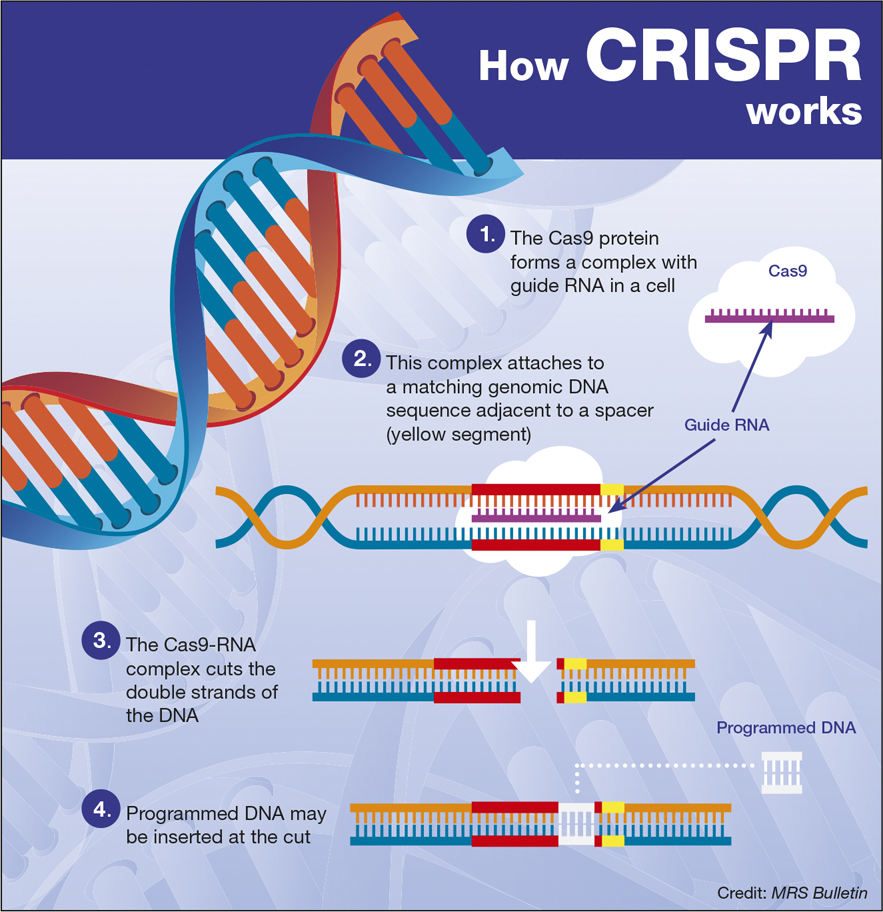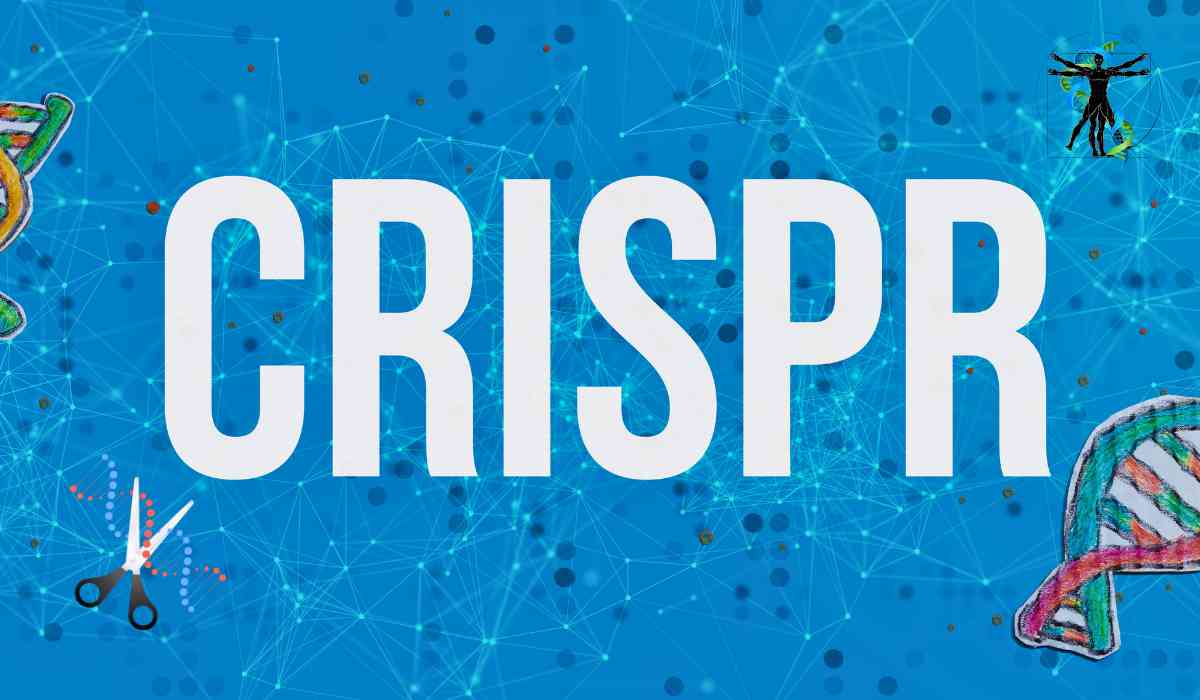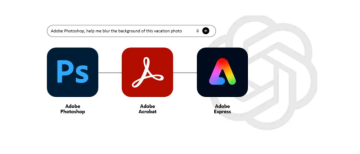Imagine a world where cystic fibrosis, cancer, AIDS, or maybe lactose or gluten allergies are distant memories, eradicated by a revolutionary new tool called CRISPR. No more needles for diabetics, and Alzheimer's disease wouldn't be a looming threat in your golden years. CRISPR, though a bit of a mouthful, holds the potential to rewrite the very code of life, our DNA.
_1711366889.png)
DNA Structure
But is CRISPR a medical marvel or a Pandora's Box?
CRISPR, short for Clustered Regularly Interspaced Short Palindromic Repeats (admittedly, not the catchiest name), isn't a Silicon Valley invention. It's a natural defense system developed by bacteria over millennia. Constantly under attack by viruses, these ingenious bacteria capture snippets of viral DNA - like a microscopic police department filing mugshots. If the same virus attacks again, the bacteria will recognise the invader and neutralise it.
Scientists, inspired by this bacterial brilliance, hijacked this system. They combined viral DNA snippets with a protein called Cas9, essentially creating microscopic scissors guided by a customized "hit list" of harmful genetic material. Cas9 can snip into a specific location on an organism's DNA, allowing scientists to insert or remove genetic material with incredible precision.

This discovery, which earned Jennifer Doudna and Emmanuelle Charpentier the Nobel Prize, is already having a significant impact. Researchers are using CRISPR to engineer crops resistant to diseases like blight and mildew, potentially putting an end to food scarcity. Imagine rice enriched with vitamin A to combat childhood blindness, or wheat that thrives in drought-stricken regions. The fight against HIV/AIDS could be revolutionized by this technology, offering a future free from the fear of this once-incurable disease.
The potential applications are vast. A simple blood test could reveal genetic mutations linked to diseases like sickle cell anaemia. CRISPR could then be used to correct these mutations in embryos, preventing the disease from affecting future generations. Personalised cancer treatments could target and eliminate malignant cells with pinpoint accuracy. It's like giving your immune system a powerful upgrade, specifically designed to fight your own unique battle.
But with great power comes great responsibility.
Editing human embryos is akin to editing your family tree. You can erase a genetic curse, but there's a risk of unforeseen mutations that could ripple through generations. It's a delicate balance. The potential for "designer babies" with predetermined traits like intelligence or athletic ability raises serious ethical concerns. Imagine a world where wealth dictates genetic destiny, widening the chasm between the privileged and the underclass.
A recent case in China exposed the dark side of CRISPR. He Jiankui, a scientist who strayed from ethical guidelines, created the world's first gene-edited babies, sparking global outrage. His experiment, aimed at making the babies resistant to HIV, bypassed safety protocols and ethical considerations. It's a stark reminder of the potential misuse of this powerful tool.
_1711368519.png)
The future of CRISPR demands global action
The future of CRISPR necessitates a global conversation. Scientists, policymakers, and the public need to join forces to create a roadmap for its responsible use. Open discussions and public education are crucial to ensuring this technology isn't wielded by a select few.
Safety must be paramount. Before we delve into editing the human germline (our reproductive cells), any potential risks need to be rigorously investigated and addressed. Furthermore, access to this technology needs to be controlled to prevent it from falling into the wrong hands.
CRISPR is a revolution in the making. But whether it ushers in a golden age of health or a dystopian future hinges on the choices we make. We must tread carefully, ensuring this genetic scalpel carves a brighter future for all humanity.
ⒸCopyright 2024. All Rights Reserved Powered by Vygr Media.






















